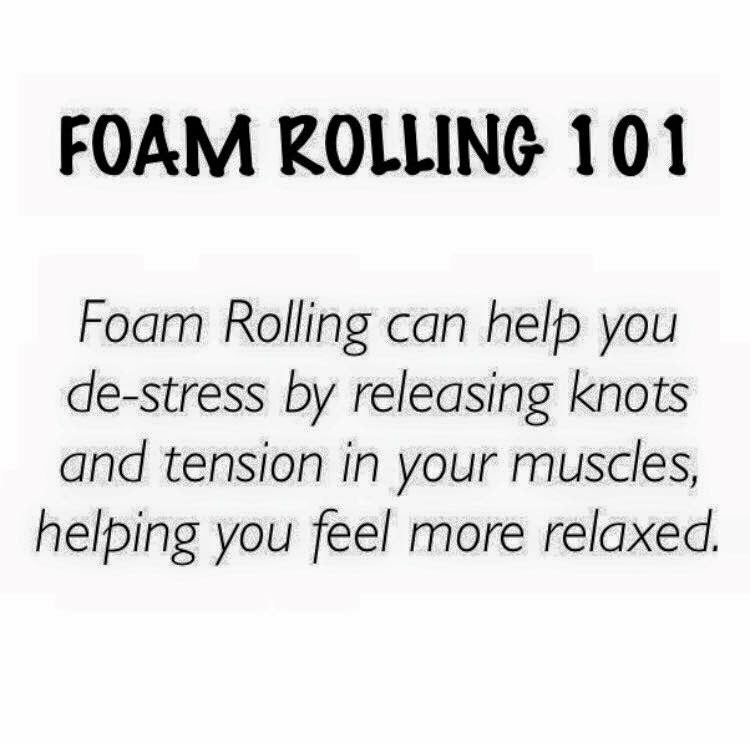
As a fitness professional, I often get asked about the efficacy of foam rolling for various conditions and injuries, including tendonitis. Tendonitis, which is the inflammation of a tendon, can cause pain and discomfort, and can often be a hindrance to exercise and daily activities. While there are several treatment options available for tendonitis, including rest, ice, and physical therapy, foam rolling has been gaining popularity as a potential solution. In this article, we'll explore whether foam rolling can help with tendonitis, and introduce Rollga as a helpful tool in the treatment of this condition.
Foam rolling is a self-myofascial release (SMR) technique that involves applying pressure to the muscles using a foam roller. This pressure helps to release tension and knots in the muscles, which can alleviate pain and improve range of motion. While foam rolling is commonly used for muscle soreness and tightness, it can also be effective for treating tendonitis.
Tendons are the connective tissues that attach muscles to bones. When these tissues become inflamed, it can cause pain and discomfort in the affected area. Foam rolling can help with tendonitis by increasing blood flow to the area and breaking up scar tissue. This can help to reduce inflammation and promote healing.
Rollga is a unique foam roller that can be particularly effective in treating tendonitis. Unlike traditional foam rollers, Rollga has a contoured shape that is designed to fit the curves of the body. This allows for targeted pressure to be applied to specific areas, which can be especially helpful for treating tendonitis.
One of the benefits of Rollga is that it can be used to target specific muscles and tendons. For example, if you have tendonitis in your Achilles tendon, you can use Rollga to apply pressure directly to that area. This can help to break up scar tissue and increase blood flow, which can promote healing.
Another benefit of Rollga is that it is made from high-density foam, which means it is firmer than traditional foam rollers. This firmness allows for deeper pressure to be applied to the muscles and tendons, which can be helpful for treating more severe cases of tendonitis.
In addition to foam rolling, it is important to incorporate other treatment options for tendonitis. Rest is essential for allowing the inflamed tendons to heal, and ice can help to reduce inflammation and alleviate pain. Physical therapy can also be helpful for strengthening the affected muscles and improving range of motion.
It is important to note that foam rolling may not be effective for all cases of tendonitis. In some cases, the inflammation may be too severe for foam rolling to provide relief. In these cases, it is important to seek medical attention from a healthcare professional.
In conclusion, foam rolling can be an effective treatment option for tendonitis. By increasing blood flow and breaking up scar tissue, foam rolling can help to reduce inflammation and promote healing. Rollga, with its contoured shape and high-density foam, can be a particularly helpful tool in the treatment of this condition. However, it is important to incorporate other treatment options, such as rest, ice, and physical therapy, to achieve the best results. If you are experiencing symptoms of tendonitis, it is important to consult with a healthcare professional to determine the best course of treatment for your specific needs.
